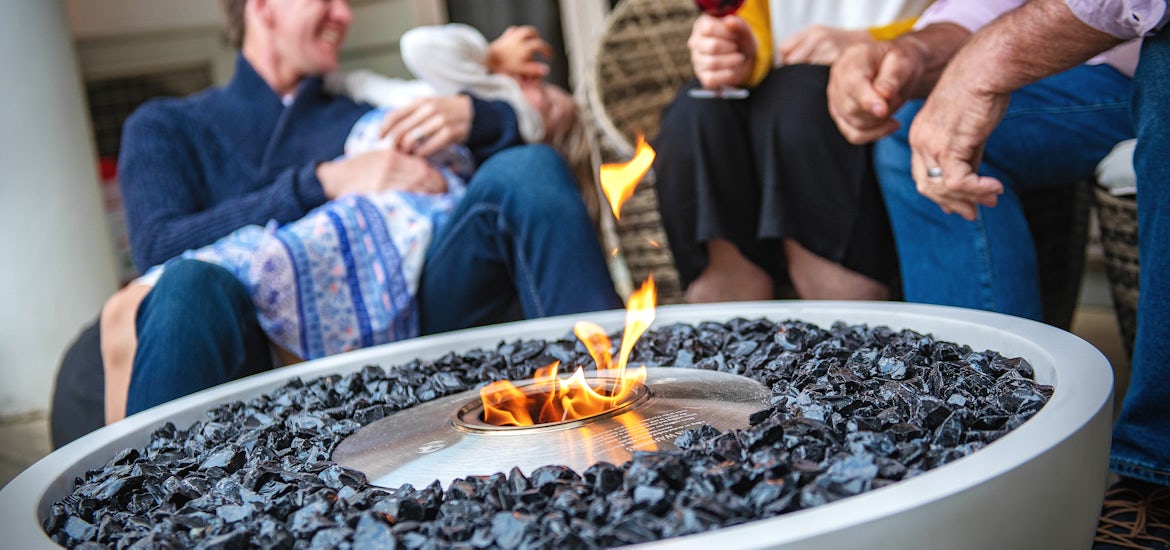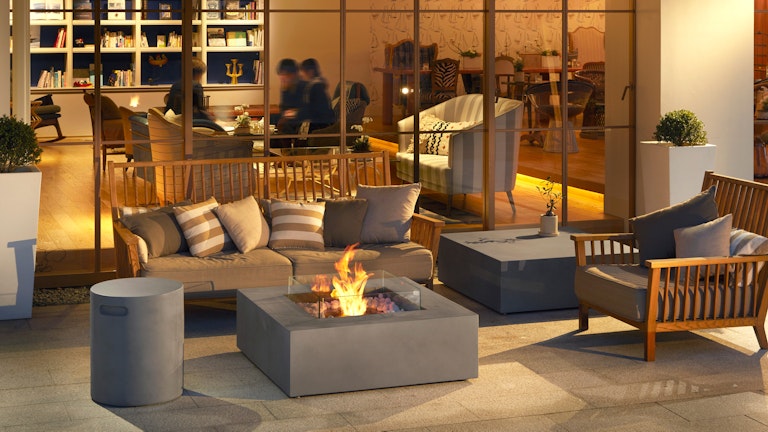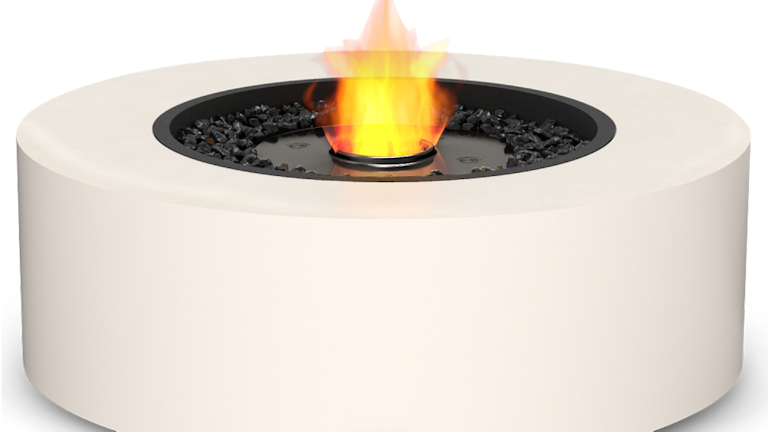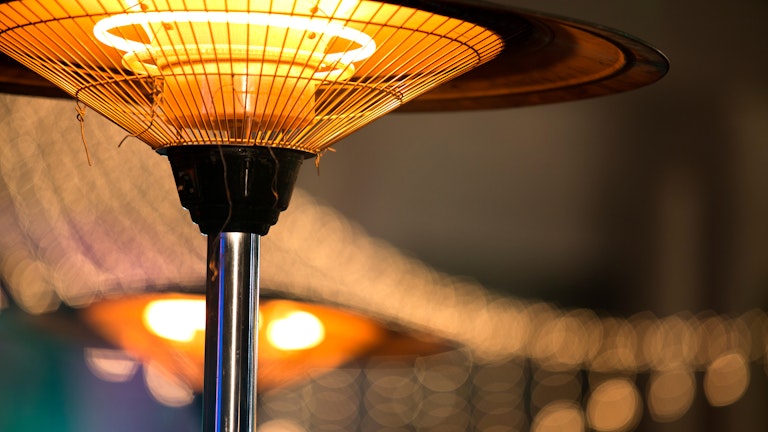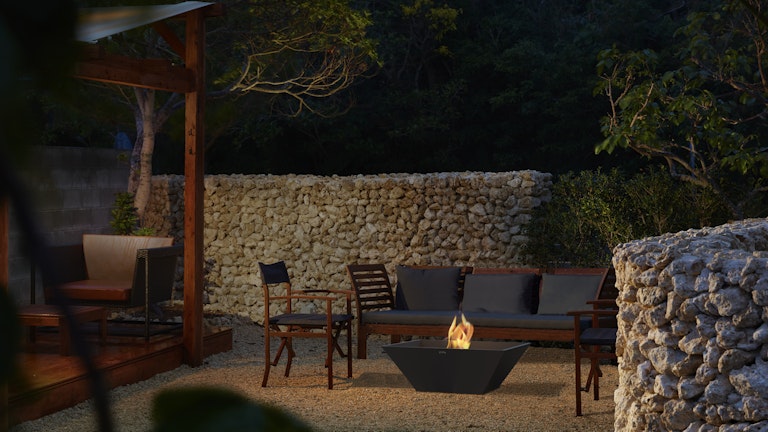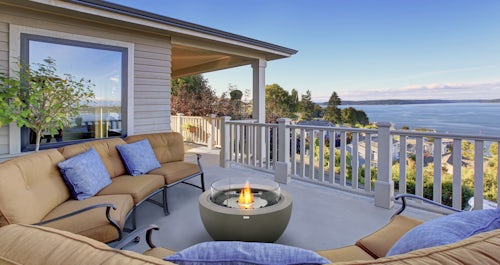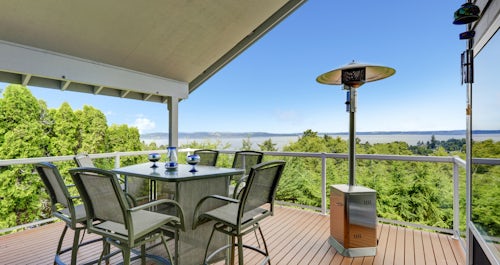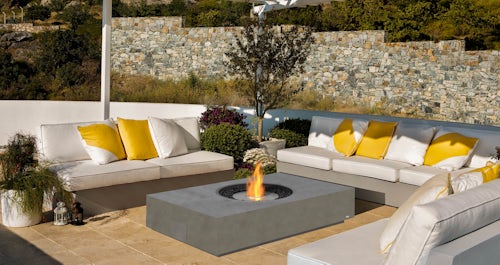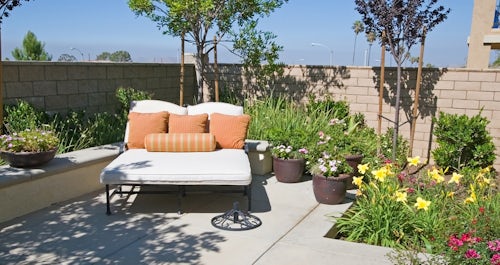In this article we talk about gas and electric heating, what to consider and how much each option might cost you. After reading this you should hopefully have enough information to weigh up the best option for your home.
Disclaimer: All figures are estimates and it will depend on the retailer and the power prices in your area. Contact your local electricity or gas provider for an accurate estimate.
